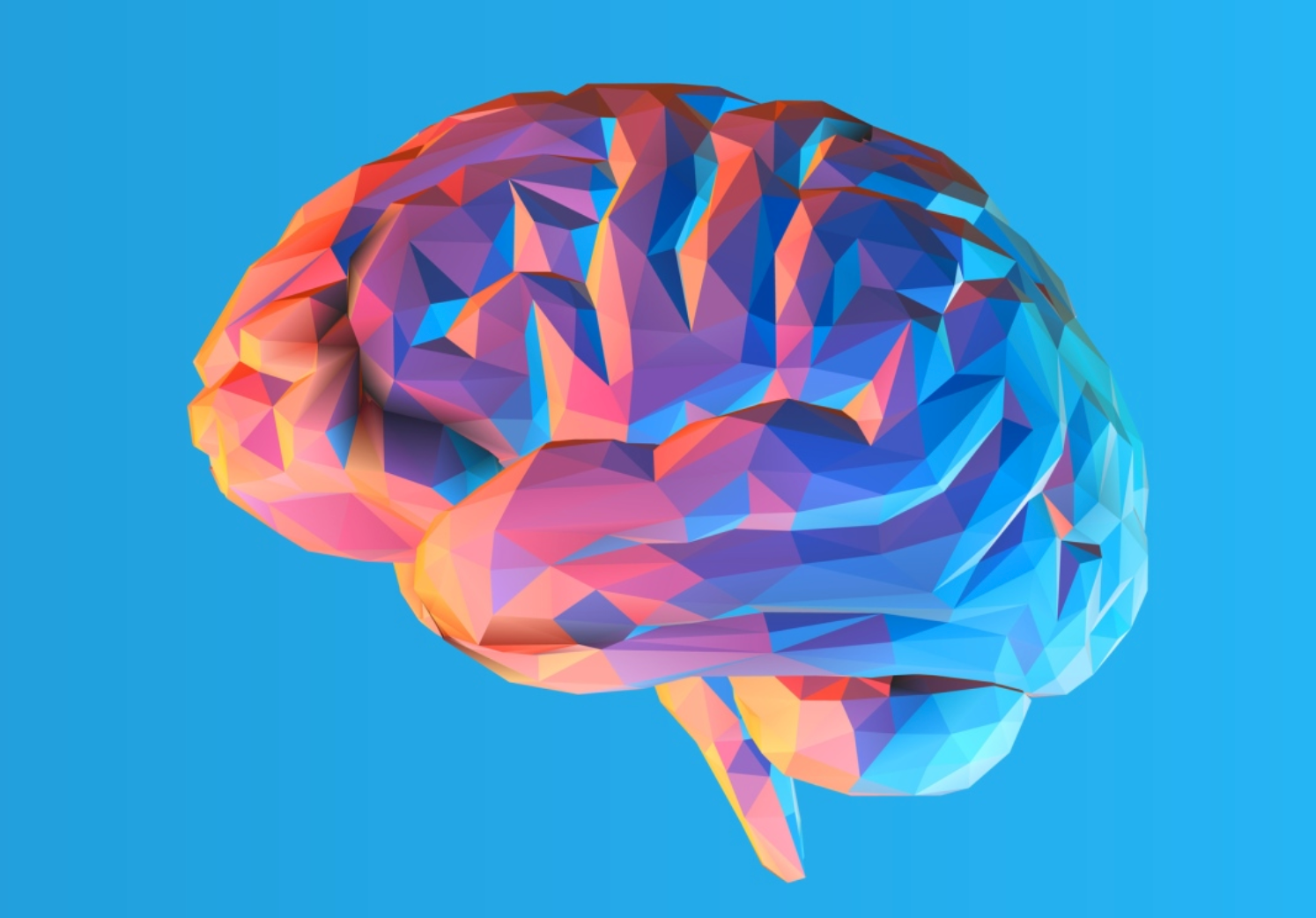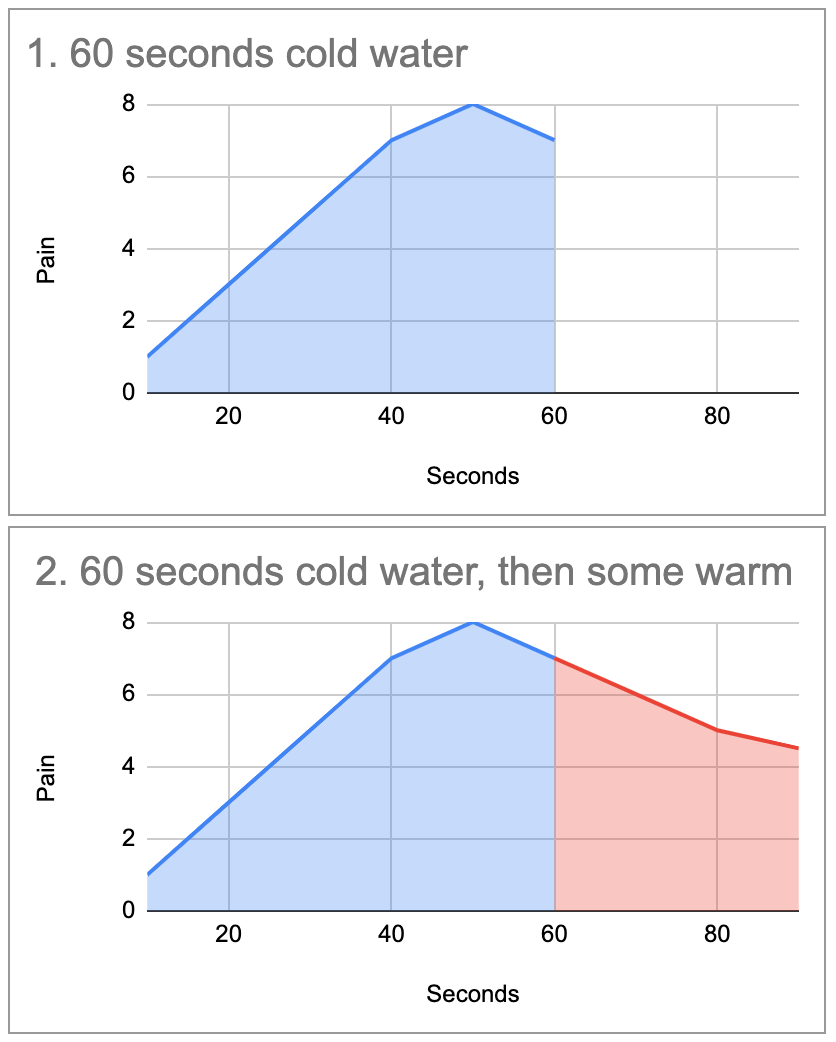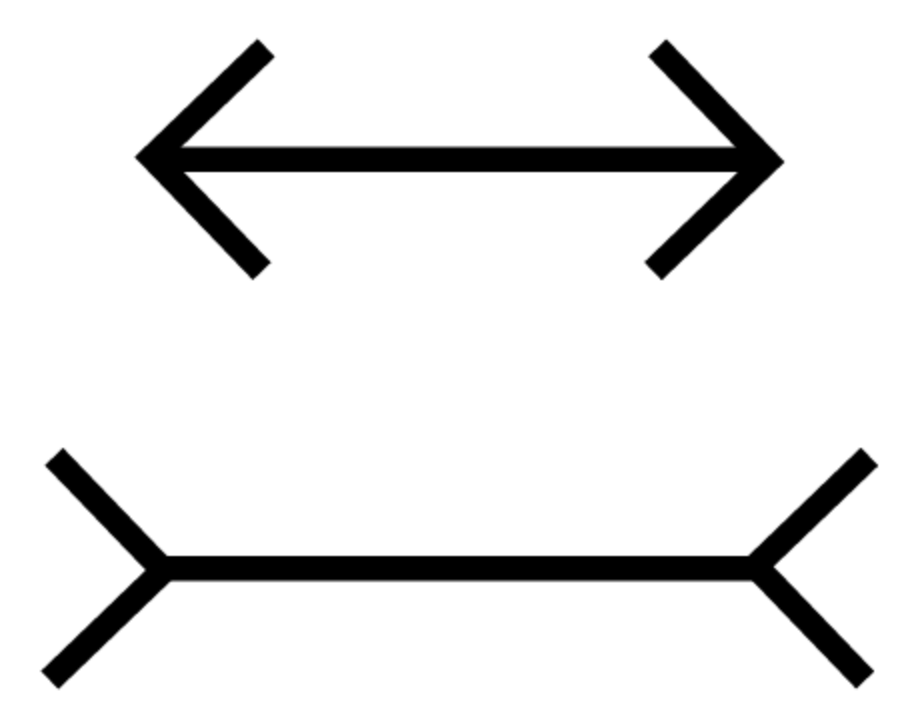Our Experiencing and Remembering Selves
Introduction
We have two different ways of gauging the quality of the experiences we have in our lives. Daniel Kahneman, in his book Thinking Fast and Slow, calls them our experiencing self and our remembering self.

The differences between them are easy to understand, but are also interesting and counter-intuitive. Most importantly, the remembering self - the one that keeps score and informs our choices for the future - has systematic biases that cause us to incorrectly calculate the value of our experiences.
Experiencing Self
The experiencing self is the easiest to understand - it does the actual living. Imagine that we have a ‘hedonimeter’ that could measure our moment-to-moment feelings of pleasure and pain.
The overall evaluation of an experience, from this perspective, is simply the summation of our moment-to-moment pain or pleasure. Obviously, the length of an experience plays a critical role in the overall assessment.
Remembering Self
The remembering self is the one that reflects back and composes the story of our experiences and keeps them for future reference.
Our experiences are stored in a compressed form when they are committed to memory and consequently we end up with a picture of the past that is distorted in a consistent way.
Rather than representing the sum or the totality of the experience, our memories are heavily biased towards the average of just two samples - how the experience was at its peak (either good or bad) and how it felt at the end.
The key point to bear in mind is this: the duration of our experiences makes very little difference to our memory of them.
The Cold Water Experiment
In this experiment, people were exposed to two experiences.
In the first experience, the participants were asked to hold one of their hands up to the wrist in water that was cold enough to be painful for 60 seconds.
In the second, the first 60 seconds was exactly the same, but the experience was prolonged for another 30 seconds and the participants were permitted to add a small amount of warm water and, in doing so, make the experience slightly less uncomfortable.
Whilst doing so they used their other hand to control a dial to reflect their instantaneous experience - which looked a little like this.

So far, so good. That all makes sense.
However, this is where it gets interesting. When the participants were asked, if they had to, which experience they would choose to have again the results are intuitively surprising but demonstrate both the working and the fallibility of the remembering self.
Left to the experiencing self, the choice is obvious. There’s no way anyone would choose an additional 30 seconds of discomfort (assuming that the participants weren’t masochists of course).
However, that’s not what happened. The decision-maker, the remembering self, makes a mistake. By weighting the peak (which was the same) and end of the experience (which was a bit better), the second, longer, more painful overall experience comes out on top. Duration is neglected. Most participants chose the second experience.
Dominance of the Remembering self
Memories are all we get to keep from our experiences, and the only perspective we can adopt when we think about our lives is that of the remembering self.
Our experiencing self does not have a voice.
The remembering self is the one that keeps score, governs what we learn from living, and is the one that makes decisions.
Is there anything that we can do?
Not as much as we would like.
We have documented a long list of cognitive biases that show the consistent ways that our brains lead us astray. We feel rational, we feel like we make good decisions, but this is largely illusory.
The overwhelming majority of our brain’s processing goes on in the dark, below the level of consciousness. When a conclusion has been reached, our brains tell us a nice - generally flattering - story. The story is in our voice and usually sounds plausible enough and so we are inclined to believe it.
Perhaps we can understand this better with a visual illusion. We know the lines are the same length, we can measure them, but they still look different. Even when we know it’s an illusion, we’re still unable to experience the truth.

Merely knowing that our brains make consistent mistakes doesn’t make them that much easier to spot or correct for.
Conclusion
We have two selves: the experiencing self, which does the living, and the remembering self which keeps score and makes the choices.
Our memories are not made consciously but through an unconscious process that is subject to systematic error. The duration of the experience is not accounted for. We are powerless to alter this.
But perhaps there is something useful to be gained from this knowledge.
For enjoyable experiences, the knowledge that we don’t get to keep the memories should encourage us to focus us on the moment. We should be prompted to appreciate the things we have, whilst they are happening, because to a large extent once they are past they are lost forever.
